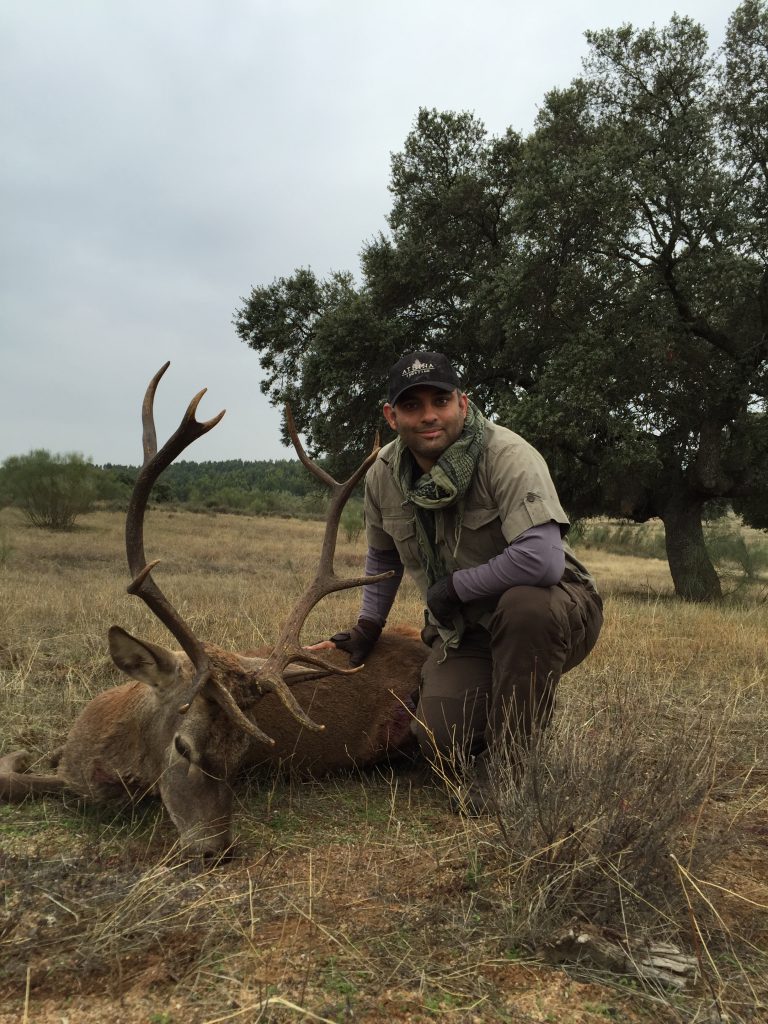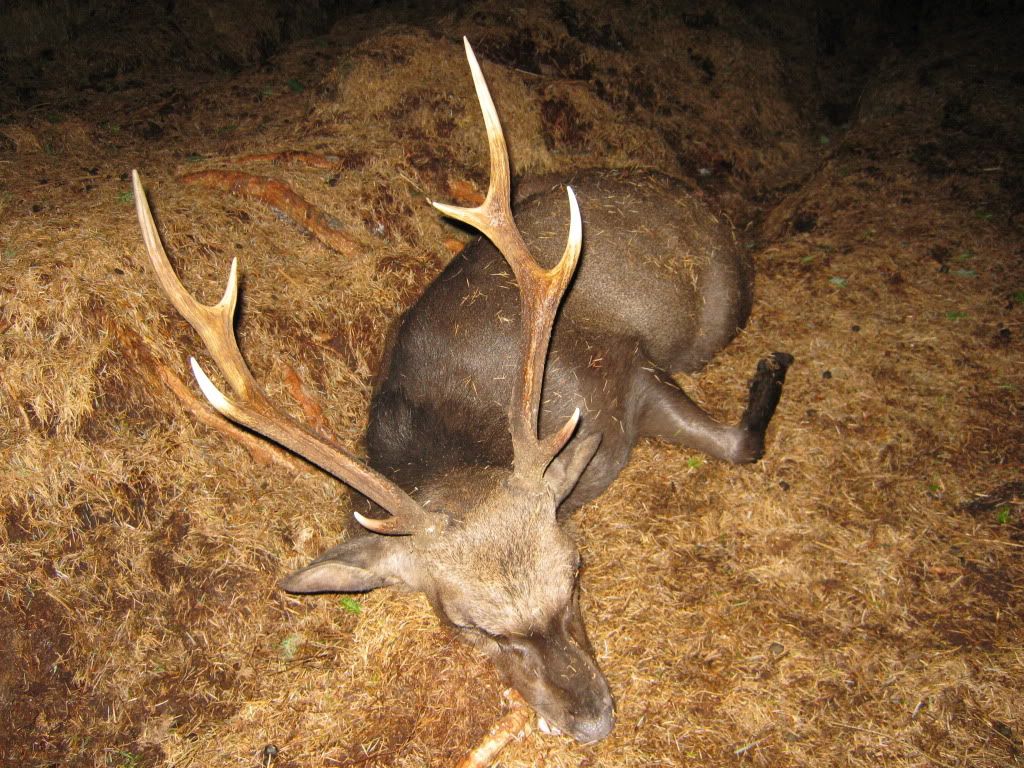

 The Accurate Reloading Forums
The Accurate Reloading Forums  THE ACCURATE RELOADING.COM FORUMS
THE ACCURATE RELOADING.COM FORUMS  Hunting
Hunting  European Big Game Hunting
European Big Game Hunting  How high up mountains have you seen Roe Deer
How high up mountains have you seen Roe DeerGo  | New  | Find  | Notify  | Tools  | Reply  |  |
| One of Us |
My 8 1/2 yr old daughter has to do a talk next week on Mountain Animals, so she is doing a talk on Roe Deer, on the basis that a) we have seen them up here in Scotland in pretty mountainous terrain and even up in the heather above the tree line at 3,000 feet, b) she knows them pretty well, knows how to call them and has a collection of antlers that we havd shot together, c) she can turn them into Biltongue with a bit of help from myself and d) that video clip Mouse93 shot is brilliant and she will play that to her class as it really shows them to their full beauty. She would be interested to know how high they actually go. Down in the Alps etc will you get them up in the woods at 6,000m and grazing in the summer meadows etc. | ||
|
| one of us |
Hey nice one - hope it helps. Here in SE Alps I have seen them up to 1800m above sea level, in Italy (Dolomites and Trentino region) even tad higher up to 2000 m above sea level. Tho Swiss/French guys might have more on theirs since their Alps are bit different. Bad winter weather with lots of snow (5m or more) has a huge impact on mountain roes - many are lost, taken by avalanches or just starved to death unable to move etc. You usually find them late in the spring when snow melts. | |||
|
| one of us |
When I hunted the Austrian Alps, we routinely encountered roe at and above the tree line - call that approximately 2000 m. Probably a question of how high they can find cover. - mike ********************* The rifle is a noble weapon... It entices its bearer into primeval forests, into mountains and deserts untenanted by man. - Horace Kephart | |||
|
| one of us |
Here on the North West Coast of Norway, they tend to stay in the lowland woods and agricultural landscape. Still you might bump into them up above the tree line (approx 400 moh where I live), but then they are mostly in "transit" from one wally to another. Arild Iversen. | |||
|
one of us |
I've seen them quite high up in the mountains in Serbia. I'm not sure about elevation but I should imagine in the region the other guys have mentioned. In the winter we saw them just below he snow line and then higher in the summers, up on the meadows. K | |||
|
| One of Us |
Thanks for all your input here. She gave her presentation today and it went down a treat I believe. Class mates all had a good look at antlers, played with buttalo calls and munched Biltongue made from Roe. God alone knows what some of the mothers at the school gate will think - lots of her friend want to come stalking as well. | |||
|
| One of Us |
Heym SR20, Excellent show. Sorry to be late with the information, but I sure it will still be interesting to people. In Kyrgyzstan the siberian roedeer can be found up to about 2500m. The interesting thing is that they will be found higher up in the winter. While it may seem counterintuitive, there are several reasons for this. There is less less snow cover on the higher slopes, making foraging easier. Also, the grass to shrub ratio is higher, meaning a higher level of forage available in the colder months. They can water less frequently (the springs are generally lower down). The open terrain also makes it easier for the roe to spot wolves, which tend to concentrate more on marmots in the summer. It is not uncommon to see herds of 15 on the high slopes in winter and a friend once counted over 40 together. With the melting of snow and emergence of green shoots in the spring, the deer tend to migrate to lower altitudes, say 1200-1800m. | |||
|
| One of Us |
in the same environment as Mouse93 in fact the same country i ve seen them them up to 1500m but after it s the chamois area ... | |||
|
one of us |
Silkibex, That is an interesting phenomenon. In the spring when they come lower for the early growth in the meadows, Will they also stay there through the summer or do they again migrate upwards to avoid insect harrassment? K | |||
|
| One of Us |
Fallow Buck, good thinking, but that's not the case. They tend to stay down lower through the summer and fall. I think there are a few reasons for this. First, the quality and amount of forage is better lower down. Second, with less danger from wolves, the deer prefer the cover which is not available higher up. Third, water (in the form of springs, many of which go back underground) is generally only available at the lower levels and it definitely gets hot and dry in the summer making access to water of prime importance. | |||
|
One of Us |
Heym Brilliant effort by your daughter. Gold stars all round. | |||
|
| Powered by Social Strata |
| Please Wait. Your request is being processed... |
|
 The Accurate Reloading Forums
The Accurate Reloading Forums  THE ACCURATE RELOADING.COM FORUMS
THE ACCURATE RELOADING.COM FORUMS  Hunting
Hunting  European Big Game Hunting
European Big Game Hunting  How high up mountains have you seen Roe Deer
How high up mountains have you seen Roe Deer

Visit our on-line store for AR Memorabilia

